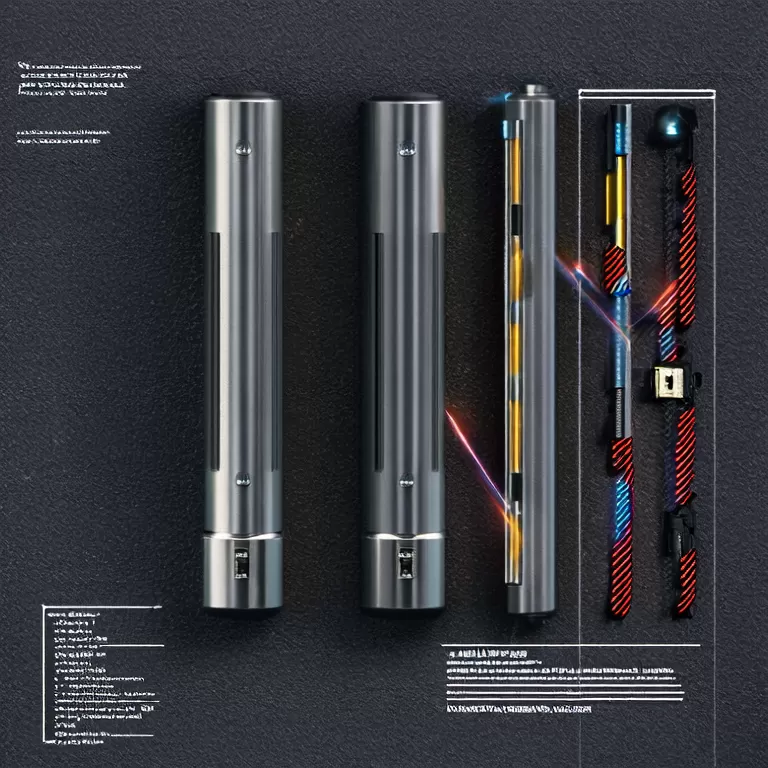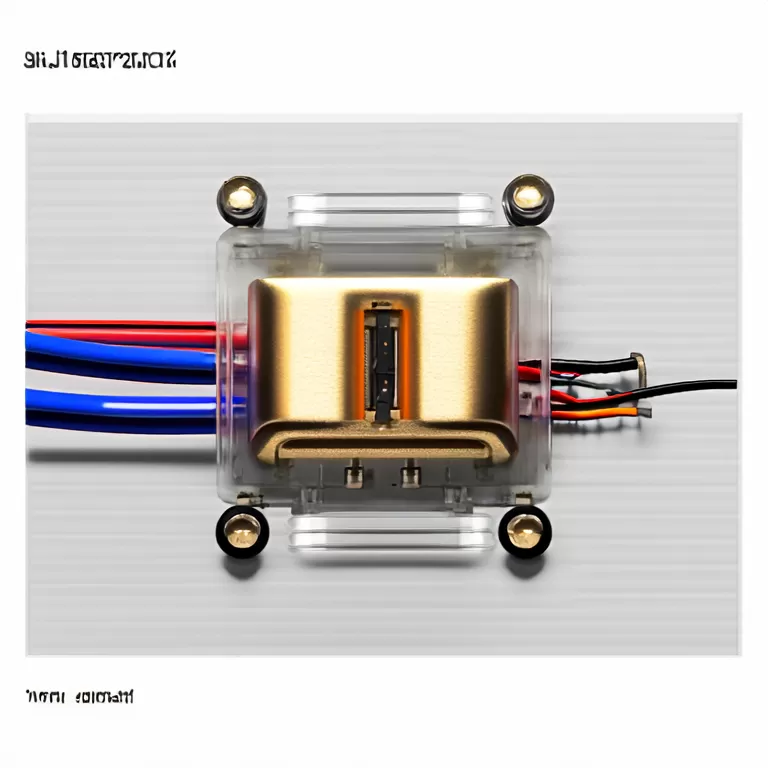- Home
- Products
+
- Connectors
+
- Box Header Connectors & Ejector Header Connectors
- Female Header Connectors
- Male Pin Header Connectors & Mini Jumper Connectors
- IC Socket / PLCC Socket / ZIF Socket Connectors
- Wire to Board Connectors & Wire to Wire Connectors
- IDC Connectors
- FFC / FPC Connectors
- Micro Match Connectors
- DIN41612 Connector
- D-Sub Connectors / D-SUB hood
- SIM & Micro SIM & Nano SIM Card Connectors
- Memory Card Connectors
- USB 2.0 / USB 3.0 / USB 3.1 / Type C / Micro USB / IEEE 1394 / Mini USB Connectors
- DVI Connectors & HDMI Connectors
- Y13 / Y17 /Y21 IP68 Waterproof Circular Connectors
- Circular Connectors
- SATA Connectors
- Audio Connectors
- Terminal Blocks
+
- PCB Terminal Block Rising Clamp
- PCB Terminal Block Wire Protector
- Pluggable Terminal Blocks
- Screwless-Spring terminal blocks
- Barrier Terminal Blocks
- Reflow Solder LCP Housing Terminal Blocks
- Fuse lighting terminal blocks
- Feed Through Terminal Blocks and Box
- Miniature Rail-mounted Terminal Blocks
- Insulated terminals
- Non-insulated terminals
- Solder terminals for PCB mount
- Switches +
- Crystals / Oscillators / Resonators +
- Transformers +
- Ethernet Connectors +
- RF Connectors +
- Sound sources +
- Latching Relay +
- Antenna +
- Connectors
+
- Cross Reference
- Solution
- About RHT
- FAQ
- Download
- News
- Contact Us +
What are D-sub connectors?
 Aug. 05, 2025
Aug. 05, 2025D-sub connectors, short for D-subminiature connectors, are a family of electrical connectors widely used for connecting computers, communication systems, industrial equipment, and electronic devices. Recognizable by their D-shaped metal shell and multiple pins or sockets, these connectors are known for their reliable signal transmission, mechanical strength, and versatile configuration options.
Structure and Design of D-sub connectors
A standard D-sub connector consists of:
• A metal D-shaped shield, which provides mechanical stability and electromagnetic interference (EMI) protection.
• Rows of pins (male) or sockets (female) arranged in two or more parallel lines.
• A housing (plastic or metal) for insulation and protection.
The "D" shape ensures proper orientation when mating connectors and prevents reverse connections.
Common Types of D-sub Connectors
D-sub connectors are available in various standard configurations, identified by a DA, DB, DC, DD, or DE prefix followed by a number indicating the number of pins.
| Name | Standard Pin Count | Common Uses |
|---|---|---|
| DE-9 | 9 pins | Serial ports (RS-232), joystick ports |
| DA-15 | 15 pins | Game ports, older network adapters |
| DB-25 | 25 pins | Parallel ports, RS-232 serial communication |
| DC-37 | 37 pins | Industrial equipment, scientific instrumentation |
| DD-50 | 50 pins | SCSI interfaces, data acquisition systems |
Applications of D-sub Connectors
Computers and IT: Serial and parallel ports on legacy PCs.
Industrial Automation: Control systems, CNC machines, and interface modules.
Telecommunications: Network routers and switches.
Medical Devices: Reliable data and power transmission in diagnostic equipment.
Military and Aerospace: Ruggedized versions are used in mission-critical systems.
Audio and Video Equipment: Multi-channel analog or digital signal transmission.
Advantages of D-sub Connectors
Robust mechanical connection
Wide range of pin counts and configurations
EMI/RFI shielding capabilities
Proven reliability in harsh environments
Available with locking mechanisms for secure connections
Modern D-sub connectors come in several variations, including:
High-density (HD) D-sub connectors: More pins in the same form factor.
Waterproof D-sub connectors: For outdoor or industrial use.
Filtered D-sub connectors: With built-in capacitors to reduce EMI.
Mixed contact D-subs: Combining power, signal, and coaxial contacts.
D-sub connectors remain a vital part of electronic and industrial connectivity, even in an age dominated by USB, HDMI, and other modern interfaces. Their durability, versatility, and legacy compatibility make them ideal for countless applications, especially where secure, multi-pin, and shielded connections are required.
Whether you’re working with legacy computer equipment or designing robust industrial systems, understanding what D-sub connectors are and their various types can help ensure reliable performance and system integrity.
 Dec. 12, 25
Dec. 12, 25
What connector is used in audio equipment?
 Dec. 12, 25
Dec. 12, 25
What is a feed-through terminal block?
 Dec. 10, 25
Dec. 10, 25










